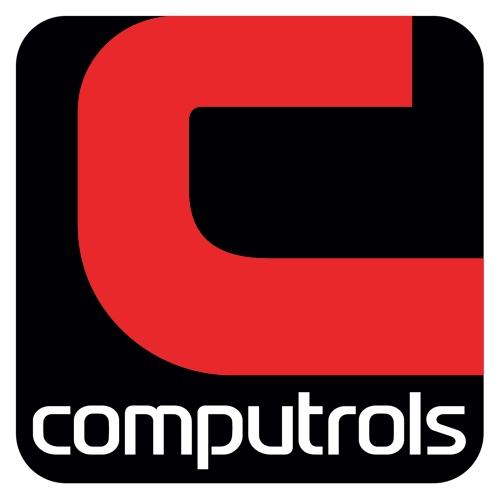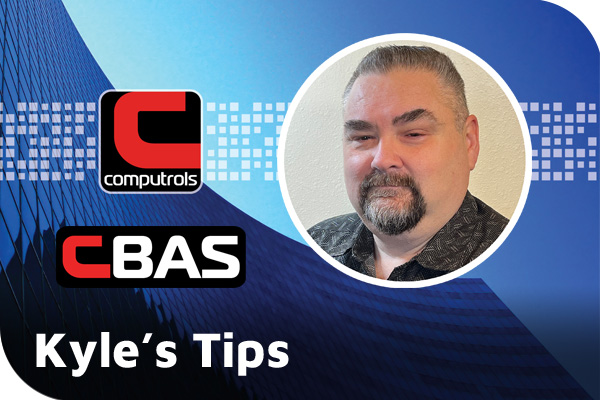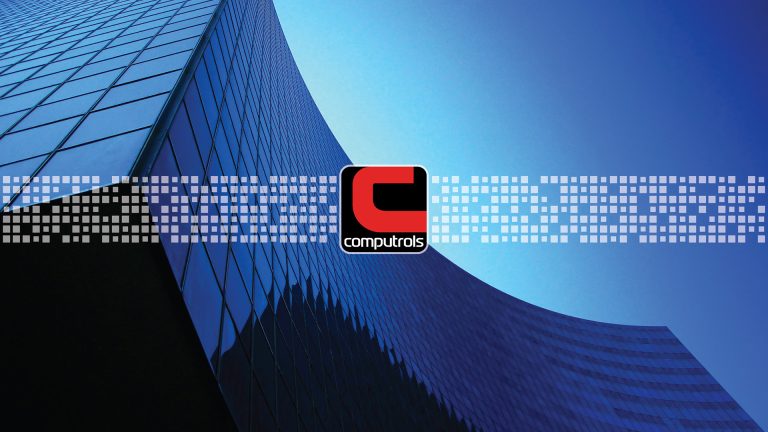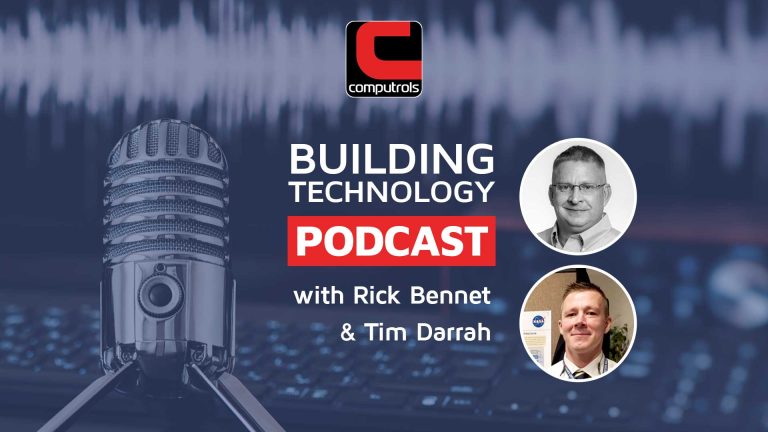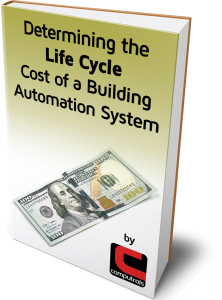As property management professionals start looking at not only the first cost but also the total cost of owning and operating their assets, the question lies, “how does one assess the total cost of selecting a particular product or service partner?” Depending on the piece of equipment or particular service, calculating the total cost of ownership (TCO) may be simple, but with technology as complex as building automation systems (BAS), there is an abundance of factors to consider. Below, we have put together a comprehensive checklist of potential expenses associated with the operation of a BAS over 5 to 10 years. For more information on this topic, you can also download our Ebook or view our webinar on Understanding the Life Cycle Cost of a Building Automation System.

The Initial Investment + Approach
With new construction, you’re more likely to have an “apples to apples” comparison of service partners and manufacturers, but with existing buildings, there are three different approaches you may take.
- Integrate – This approach allows you to utilize a new service partner while leveraging a portion of your existing infrastructure and potentially provides a new interface from which to operate the system. The trick with this approach is understanding your migration path forward from your old system to the new system.
- Upgrade – Upgrading your system generally requires that you stick with your current vendor and therefore does not always provide competitive bids. This approach is less invasive than starting from scratch as it allows you to leverage some of your existing infrastructure, but you may also be required to upgrade your software interface as well.
- Replace – Going the route of replacement can be very costly and potentially troublesome to the building occupants in your facility, however, if you are currently utilizing an older pneumatic system, this may be the most effective approach.
Planned Obsolescence
Many building automation manufacturers obsolete their products every 5 to 10 years. At this point, they stop producing a particular generation of controllers and/or software and require their customers to upgrade to their latest version. With the emergence of open protocols, this will hopefully become a problem of the past, but for now, it is something to keep an eye out for. Ask your potential vendor how long the product they are proposing has been on the market and how long it will continue to be available.
Open Protocols
Open building automation systems utilize common industry protocols such as BACnet or Modbus. Hypothetically, this would allow you to change vendors/manufacturers if your current partner is ever to fall out of favor. We say “hypothetically” only because the “openness” of a system can be limited by the manufacturer through encrypting messages within an open protocol or requiring a tool or module from the manufacturer to program their devices.

Operational Costs
This should come as no surprise, but your facilities team must be able to operate their own BAS. Find out how much training is included with the installation and what ongoing training costs may be. Otherwise, you’ll find yourself on the hook for a large maintenance contract and frequent service calls.
Hardware Failure + Warranties
Over time, it is inevitable that controllers will fail. Be sure to know what is covered and how to take advantage of manufacturers’ warranties.
Adding New Devices
How much will it cost to add components or replace them as they fail? Is this something your in-house team can do or will it require contractor labor?
Maintenance Agreement
Your maintenance agreement should be directly correlated to your team’s ability to operate the BAS. If you don’t have the bandwidth or personnel to manage this in-house, you’ll likely end up with a larger ongoing cost for maintenance and service calls.
Facility Management Time
When your facilities team is responding to hot/cold calls, that is time spent that they could be utilized elsewhere.
Liability Costs
If your system fails, what costs do you incur? Unhappy tenants? Reduced rent? Canceled classes? A humid operating room?
Productivity
Studies have proven that proper lighting and temperature control can make building occupants happier and more productive. To what degree this affects each individual will vary, but there is undoubtedly value in these metrics.
Life of Equipment
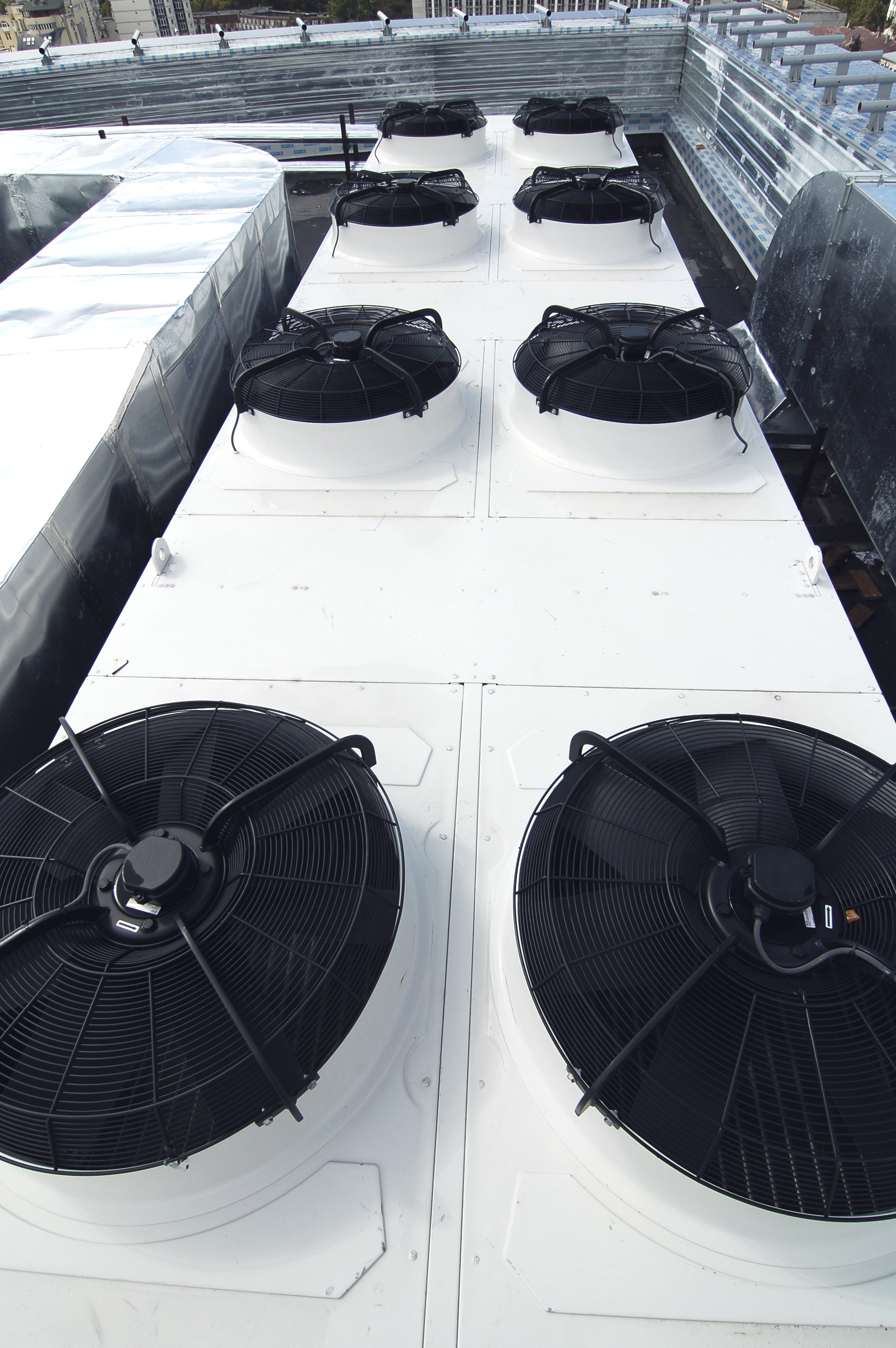
When building automation systems are working properly and providing reliable data, the mechanical equipment in your building goes through less wear and tear. Air handlers are not running around the clock, lights are not left on, and preventative maintenance becomes easier to plan for.
Energy Cost/Savings
Disclaimer: Building automation systems do not save energy by themselves. They are simply a tool to do so.
When upgrading from new pneumatic to DDC controls, there is certainly the expectation of energy cost savings. When going from one DDC controls system to another, energy savings are completely dependent on how efficiently the original system was running. New controls do not always equal a reduction in energy consumption.
Where do I start?
“If you want the present to be different from the past, study the past.” – Baruch Spinoza
Start by looking back at past years to see how frequently controllers needed to be replaced, how many were under warranty, how many hot/cold calls in a typical day/week, how many service calls were made, how many times did you have to pay for an upgrade, how much did you pay for your maintenance contract, etc. Once you have the data, calculating the total cost of ownership is simply a matter of quantifying and totaling all of the various costs. When evaluating new potential partners, go back to that information and ask yourself, “what would my total cost of ownership have been if I was working with [Potential Service Partner].
